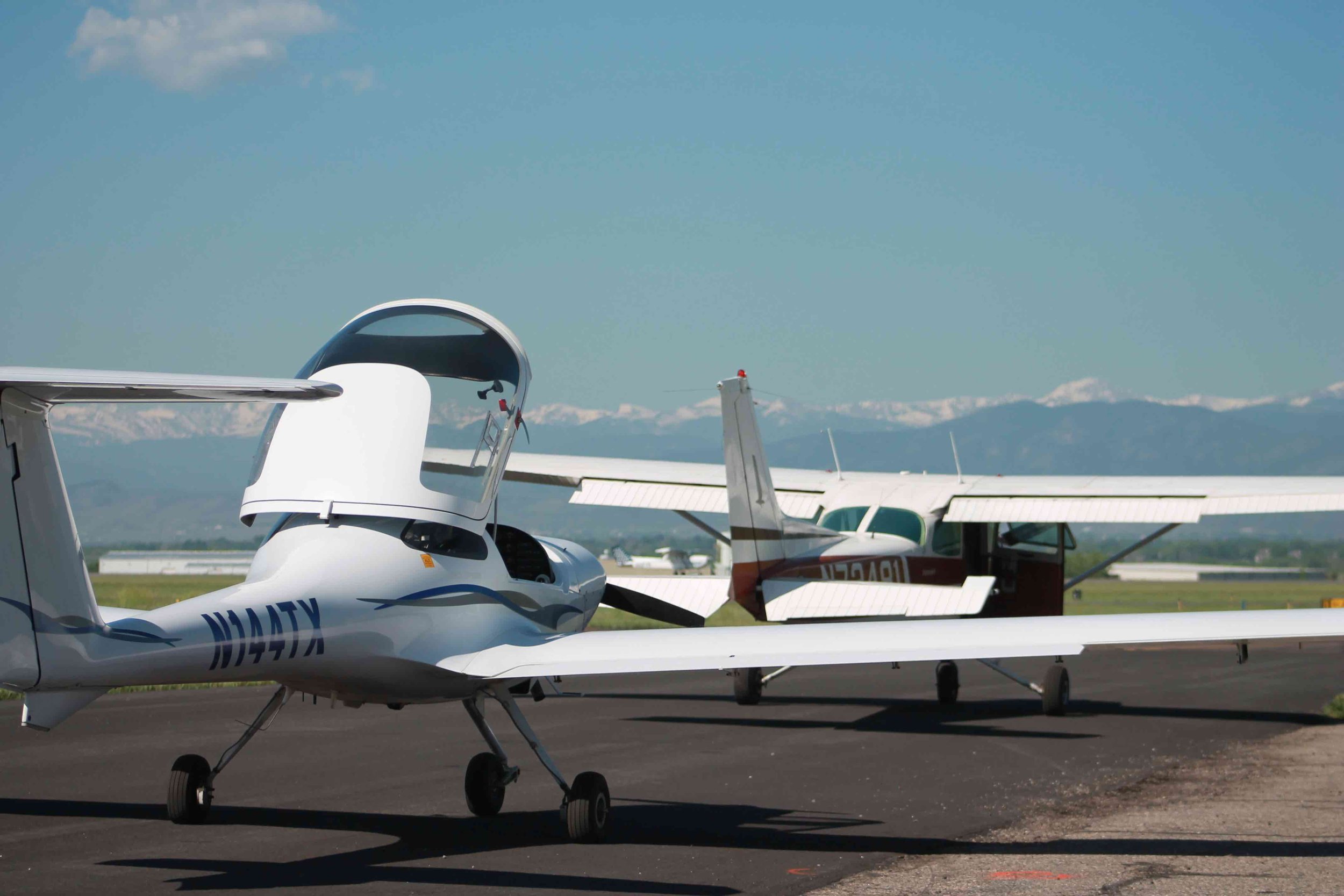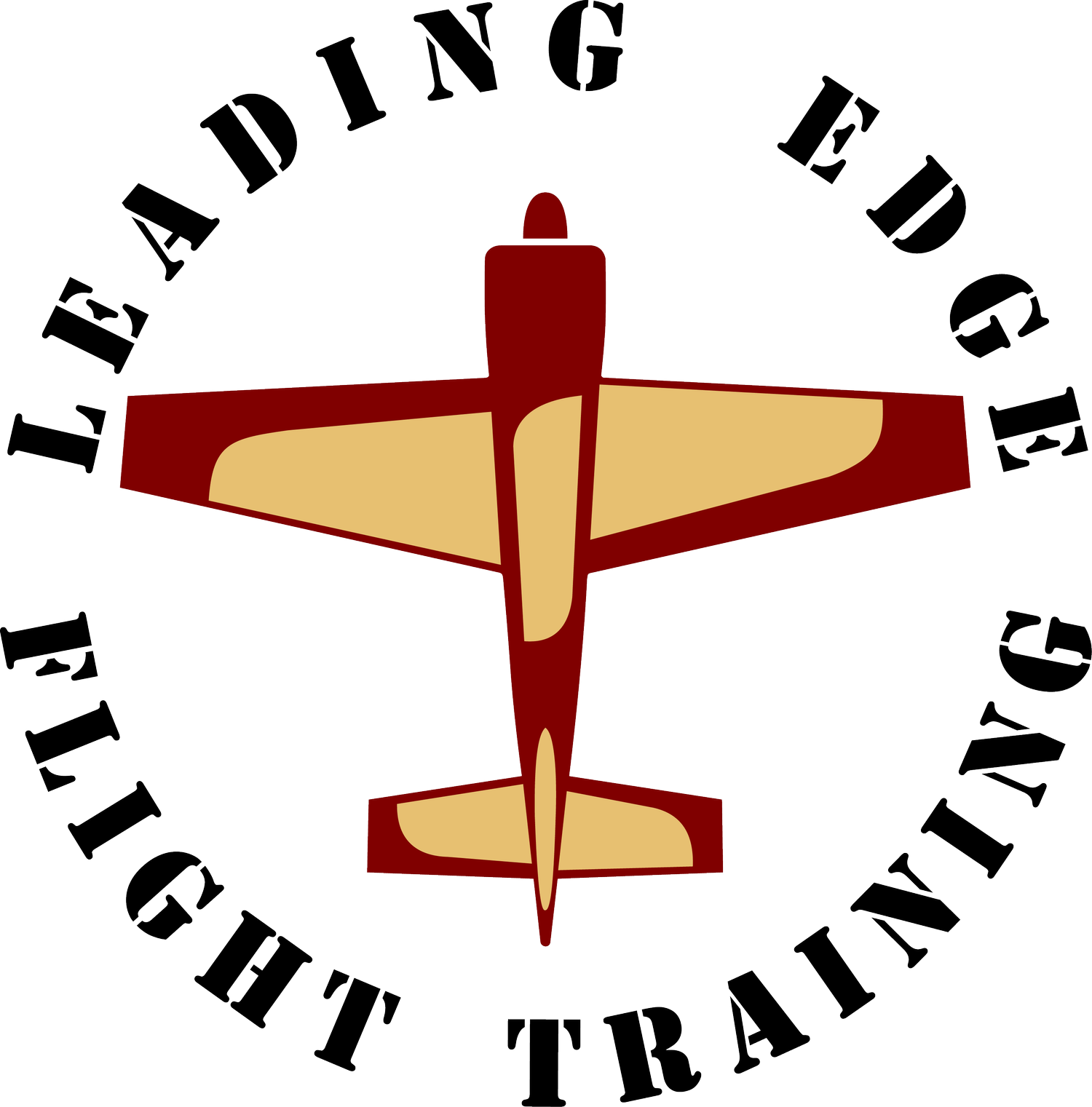
Northern Colorado’s most diverse Fleet
Why does having a wide selection of aircraft matter?
Flying different aircraft is essential for helping pilots distinguish between their own performance and the performance of the aircraft. It allows pilots to identify and correct deficiencies in technique that may develop from only flying one type of aircraft. Learning the systems and handling characteristics of a new aircraft enhances your understanding of aviation and often deepens your knowledge of your primary aircraft. Flying multiple types of aircraft builds confidence, versatility, and skill. We aren’t just training pilots to fly one aircraft; we’re preparing pilots to excel in any environment, regardless of the aircraft they fly.
The Fleet
-

N410FP - $170/HR
N410FP is a modern, high-performance trainer built on the most advanced airframe in our fleet. Powered by a 180hp Lycoming engine and equipped with the Garmin G1000 glass cockpit, it offers excellent performance and situational awareness for all stages of training. With stable handling and sleek design, the DA40 is equally at home in the pattern or flying IFR cross-countries — a great option for students looking to train in an advanced modern aircraft.
-

N5122U - $175/hr
N5122U is our most advanced training aircraft — a modern Cessna 172S equipped with the Garmin G1000 glass cockpit and GFC 700 autopilot. With 180 horsepower and a powerful Lycoming engine, this technically advanced aircraft (TAA) is perfect for students working toward their Commercial license or looking to train in real IFR conditions. It’s smooth, capable, and a great choice whether you're just starting out or leveling up your skills.
-

N9554V "Dwayne"- $170/hr
N9554V is a classic Cessna 172M with a twist — it’s been upgraded with a 180hp engine for improved climb performance and a bit more muscle on takeoff. It’s a great choice for VFR training and perfect for scenic mountain flights with friends. Capable and always ready for the next flight.
-

N1256U "Eloise" - $170/hr
N1256U is a well-loved Cessna 172M powered by a smooth-running 160hp Lycoming engine. With dual Nav/Comms and basic IFR equipment, it’s great for all phases of training and ideal for solo flights, rentals, or dual instruction. Instructors especially love how balanced and predictable it feels in the air — a classic trainer that delivers every time.
-

N1352U - $170/HR
N1352U is a dependable Cessna 172M equipped with a 160hp Lycoming engine, Garmin GPS, and dual Nav/Comms — making it an excellent choice for both VFR and IFR training. It’s used for everything from first solo flights to instrument cross-countries, and like its sibling 56U, it’s a favorite among instructors and students alike. A solid all-around performer you’ll enjoy flying.
-

N43151 - $170/hr
N43151 is a solid all-around trainer with a 180hp Lycoming engine and the dependable feel Piper is known for. It’s equipped with a Garmin 430 GPS, updated comms and nav radios, and a four-place intercom. With its stable handling and roomy cockpit, it’s a great option for any stage of training — from first flights to cross-country trips.
